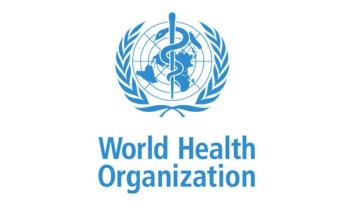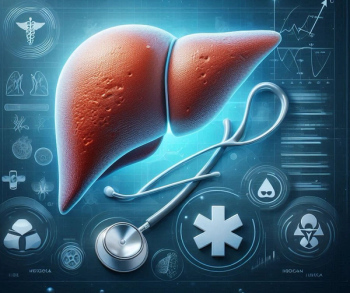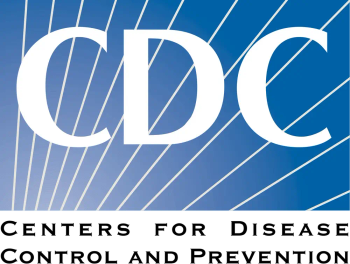Since July 2025, Guangdong province in China has reported over 7,000 cases of chikungunya virus infection, triggering an urgent public health response. In Foshan, the city most affected by the outbreak, authorities have mandated hospitalization for all confirmed cases, requiring patients to remain hospitalized for at least seven days or until they test negative. Hospitals are also taking extra precautions by installing mosquito nets in inpatient areas to prevent further spread of the virus.1
With thousands of confirmed infections, this outbreak appears to be the largest chikungunya event ever recorded in China, according to César López-Camacho of the University of Oxford. “What makes this event notable is that chikungunya has never been established in mainland China before,” he said in a statement. “This suggests that most of the population had no preexisting immunity, making it easier for the virus to spread quickly.”2
As of early August, at least 12 cities within Guangdong province have reported cases, with nearly 3,000 new infections recorded in the past week alone. Hong Kong has also reported its first case, involving a 12-year-old who had recently returned from Foshan.1
Authorities have emphasized that all confirmed infections have been mild to date, with more than 95% of patients recovering within 1 week. Nonetheless, the outbreak has sparked public anxiety on Chinese social media platforms, where users have expressed concern about long-term joint complications and the unfamiliarity of the disease in the region. 1
In response, Guangdong officials have launched a broad vector control campaign. Residents are being instructed to eliminate standing water sources, such as potted plant trays and household containers. Noncompliance may result in fines up to 10,000 yuan (approximately $1,400). Additionally, authorities have deployed mosquito-eating fish, drones to detect stagnant water, and even “elephant mosquitoes”, a sterile Aedes species that preys on its kind.
Chikungunya is a mosquito-borne viral illness that typically causes acute fever and debilitating polyarthralgia. The infection is rarely fatal, but symptoms, particularly joint pain, can persist for weeks to years in some individuals. The virus is transmitted via Aedes mosquitoes, particularly Aedes aegypti and Aedes albopictus, and is not spread person-to-person.1
While these measures have drawn comparisons to COVID-19, experts caution that chikungunya is not directly comparable. The virus cannot be transmitted through casual contact or respiratory droplets, and its basic reproduction number (R₀) is significantly lower than that of SARS-CoV-2.
What You Need To Know
Foshan leads China's chikungunya outbreak with thousands of confirmed infections and enforced inpatient care for all cases.
Authorities have deployed aggressive vector control measures including fines, drones, and mosquito-eating fish to curb virus spread.
No treatment or widely available vaccine exists in China, with prevention relying on mosquito bite avoidance and public compliance.
In 2023, the FDA granted accelerated approval to IXCHIQ (Valneva USA Inc), the first single-dose vaccine indicated for the prevention of chikungunya virus (CHIKV) in adults aged 18 years and older who are at increased risk of exposure. Approval was based on immunogenicity data from a pivotal phase 3 study measuring anti-CHIKV neutralizing antibodies, with continued approval contingent upon confirmatory evidence of clinical benefit. While the vaccine offers a promising preventative measure, it is contraindicated in immunocompromised individuals and those with severe allergies to vaccine components.
Adverse reactions, such as headache, fatigue, myalgia, and arthralgia, were common, and a small subset of recipients experienced severe or prolonged chikungunya-like symptoms. The safety of IXCHIQ during pregnancy is not fully known, and healthcare providers are advised to weigh the maternal risk of wild-type CHIKV exposure against potential risks to the fetus.3
As China confronts its chikungunya outbreak, modeling studies from past epidemics in Réunion and Italy offer important context. These studies estimate the virus’s basic reproduction number (R₀) between 3 and 4, lower than that of SARS-CoV-2 but still capable of significant transmission in regions with a suitable climate and high mosquito density. European experts emphasize that chikungunya’s R₀ is highly sensitive to environmental and entomological factors, including seasonal breeding cycles and vector behavior. As such, they caution against relying on a single R₀ value without supporting mosquito surveillance data, noting that integrated modeling is essential for effective outbreak response.4
References
1.Ng K. China reports 7,000 cases of chikungunya virus. August 5, 2025. BBC. Accessed August 7, 2025. https://www.bbc.com/news/articles/cvg0edj332yo
2.What to know about chikungunya, the virus spreading in southern China. PBS. August 6, 2025. Accessed August 7, 2025. https://www.pbs.org/newshour/health/what-to-know-about-chikungunya-the-virus-spreading-in-southern-china#:~:text=With%20thousands%20of%20confirmed%20cases,he%20said%20in%20a%20statement.
3.FDA Update on the Safety of Ixchiq (Chikungunya Vaccine, Live). FDA. August 6, 2025. Accessed August 7, 2025. https://www.fda.gov/vaccines-blood-biologics/safety-availability-biologics/fda-update-safety-ixchiq-chikungunya-vaccine-live
4.Ribeiro Dos Santos G, Jawed F, Mukandavire C, et al. Global burden of chikungunya virus infections and the potential benefit of vaccination campaigns. Nat Med. 2025;31(7):2342-2349. doi:10.1038/s41591-025-03703


















































































































































































































































































